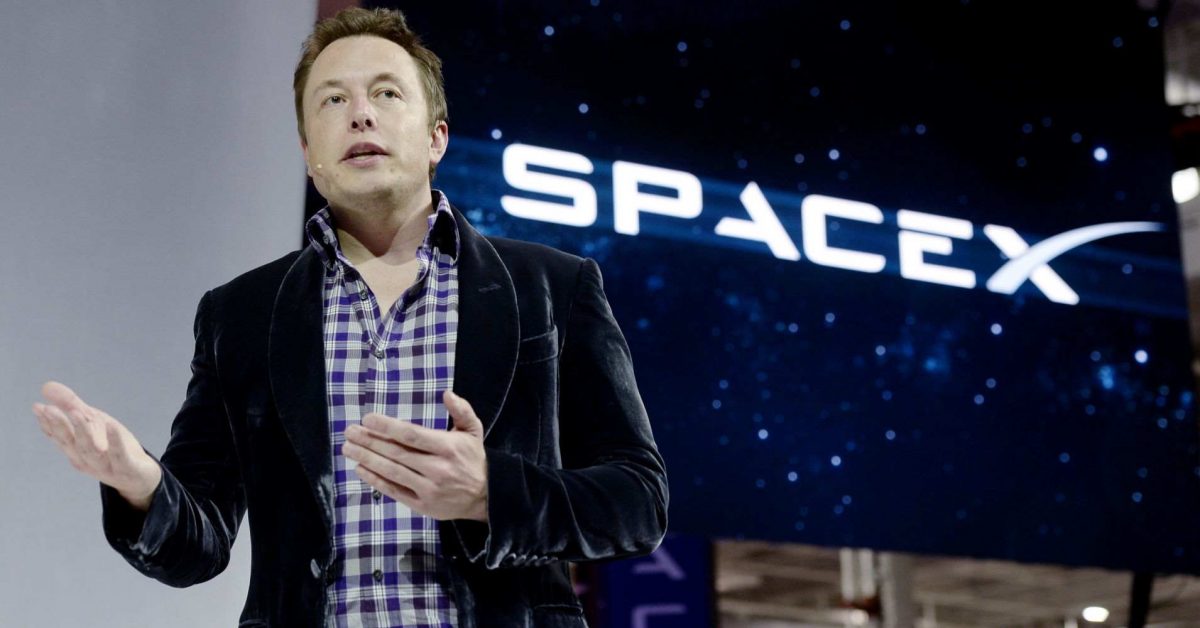A journey of a thousand miles begins with a small step. But Elon Musk’s SpaceX aims to go several light years to explore pastures new and woods fresh.
In January 2021, SpaceX launched its batch of 60 Starlink satellites in the orbit, increasing its Starlink constellation rapidly outside the earth and thus keeping its objective of a Starlink launch schedule every month. In this mission it also had 10 of its own Starlink satellites inside Falcon 9’s payload fairing. The deployment of these satellites in a unique polar orbit provides low latency high-speed internet service to customers in Alaska and other polar regions.
On January 24, SpaceX broke the official record for the most satellite launch on a single rocket. Taking off at 10 a.m. EST, its two-stage Falcon 9 rocket lifted off from the Space Launch Complex 40 at Cape Canaveral Space Force Station in Florida to deploy a whopping number of 143 satellites in the orbit. Overcoming all the challenges in this project, SpaceX successfully deployed a mix of CubeSats, space tugs and other microsatellites to a 326mile high polar orbit. Interestingly, the record for most launched satellites on a single rocket was previously set by Indian PSLV rocket launched in 2017. The rocket carried a total 104 satellites under its Polar Satellite Launch Vehicle (PSLV-C37) programme.
Significantly, through its latest mission SpaceX set the ball rolling to achieving its main objective of rideshare programme and thereby provide small satellite operators a ride to space in SpaceX’s Falcon 9 rocket with competitive pricing. Among the satellites aboard on SpaceX’s Falcon 9 rocket were 30 small satellites for the US and Europe which was packaged by Berlin, 48 Earth imaging satellites known as SuperDove, 17 small communication satellites for Toronto based Kepler, 9 satellites by Nanoracks and more.
SpaceX journey since its inception in 2002 by Elon Musk has seen several ups and downs. Back in 2001, he had an idea of revolutionizing the aerospace industry by making affordable space flight a reality. He was also struck with the thought of developing a Mars oasis by sending miniature experimental greenhouse containing seeds with dehydrated gel to the Red planet. To make his dream come true, Musk required a rocket and that too an affordable price. Travelling to Russia the same year, he found a rocket but an extravagant price of $8 million dollars. On the return flight, he did his math to realise that he could start a company which could build the rockets at a cost of just three percent of the sale price of a rocket at that time. Determined to build a rocket from scratch, he recruited Tom Mueller, one of the world’s leading spacecraft propulsion expert and Gwen Shotwell, a mechanical engineer and an expert in space research and development. Thus, on May 6, 2002 SpaceX was officially launched with its headquarters in California with Musk investing over 100 million dollars in it, belying many sceptics, who wondered what Musk was up to. “When we started SpaceX, people said, ‘Oh, you are going to fail.’ And I said, ‘Well, I agree. I think we probably will fail,” said Musk after the launch of SpaceX.
The loss of initial three rockets pushed SpaceX to the brink of bankruptcy. Displaying his tenacity in a defiant message to his employees after the failure Musk, said, “I will never give up and I mean never.” With all that was left in the cash register, Musk attempted the fourth launch on September 28, 2008. With all the attending drama and tension, Falcon1 lifted off from Marshall Islands with 165 kilograms demo Sat. The rocket followed the same trajectory as the previous flight and successfully placed the satellite in the orbit. That evening, SpaceX became the first company to privately develop a rocket and reach the orbit, announcing its grand arrival in the space domain and to the world at large, and received 1.6 Billion Dollar contract from National Aeronautics and Space Administration to deliver cargo to the International Space Station with a minimum of 12 flights.
From 2010-2015 Falcon9 conducted 19 flights into the orbit, out of which only one failed. On December 22, 2015, Falcon9 successfully launched Orbcomm satellite into orbit and landed its booster stage on ground pad located at California. Thus, achieving the first vertical landing of an orbital class rocket. Today, a single Falcon9 launch costs 62 million dollars many times cheaper to other launch vehicles, while reusing the Falcon9 booster brings it down to 30 million dollars. Till date, the Falcon9 family has launched 109 times with 107 full mission successes, one partial failure and one total loss of the spacecraft.
In the midst of all this, Musk has not forgotten his goal to colonize Mars. Making his intention clear he had observed, “humans need to establish a permanent and self-sustaining presence on Mars to ensure the continuance of consciousness as we know it, just in case planet Earth is left uninhabitable by a something like a nuclear war or an asteroid strike.” The first missions could start happening in the next few years, maybe even before 2022, and 2024 at the latest. Why the fiery Red Planet? Because it’s the closet to Earth, its polar ice caps could be used to make water, and it has an atmosphere, even though not a perfect one. Mars may not be the ideal plant but it can be theoretically modified for colonisation. Hopefully, SpaceX will make us interplanetary species!




















